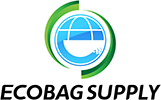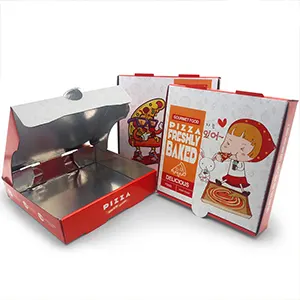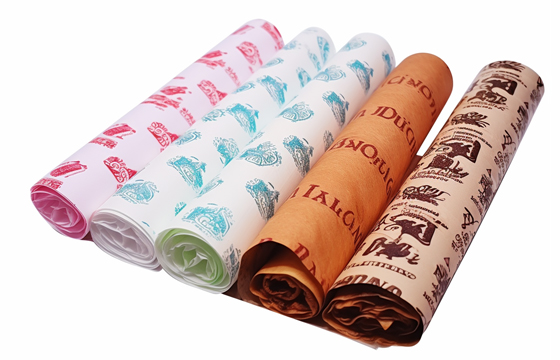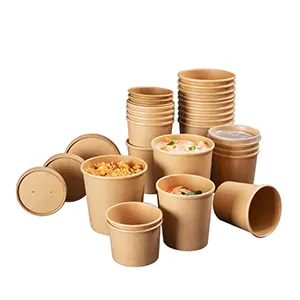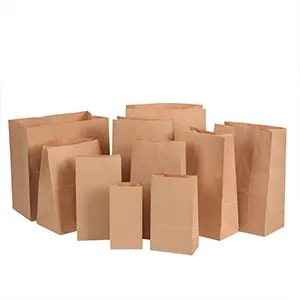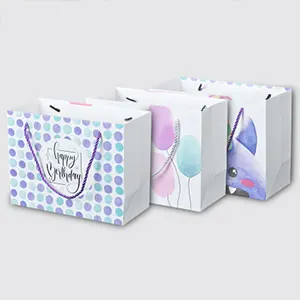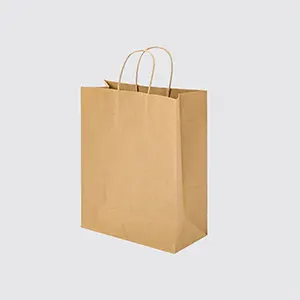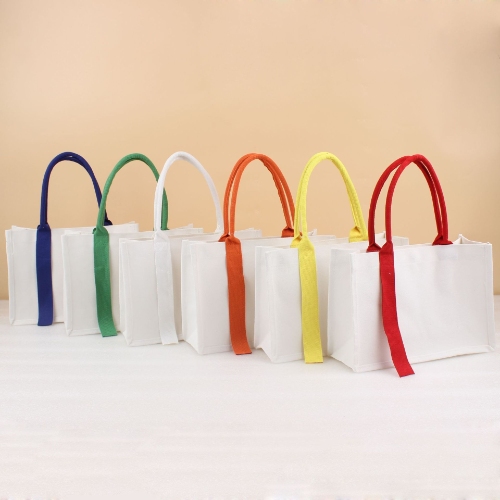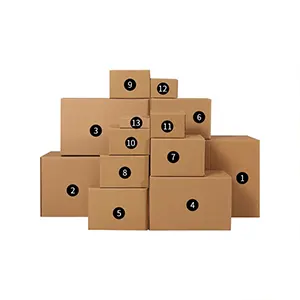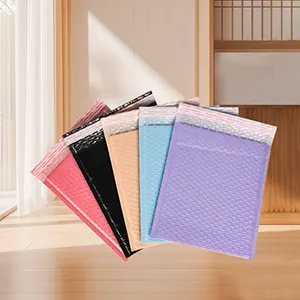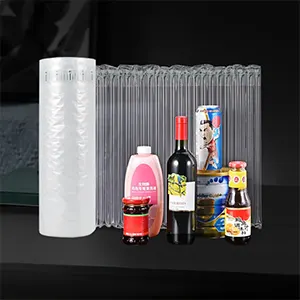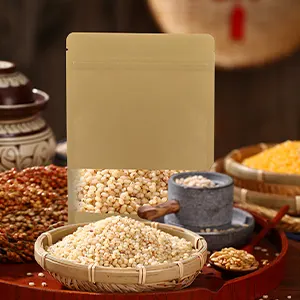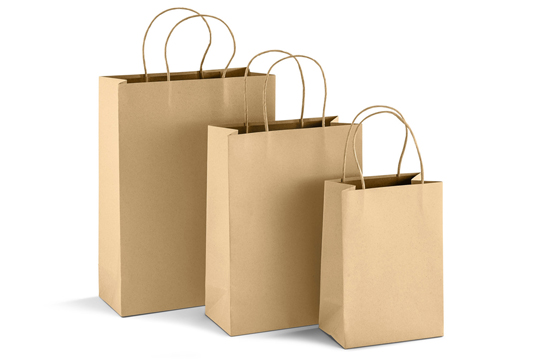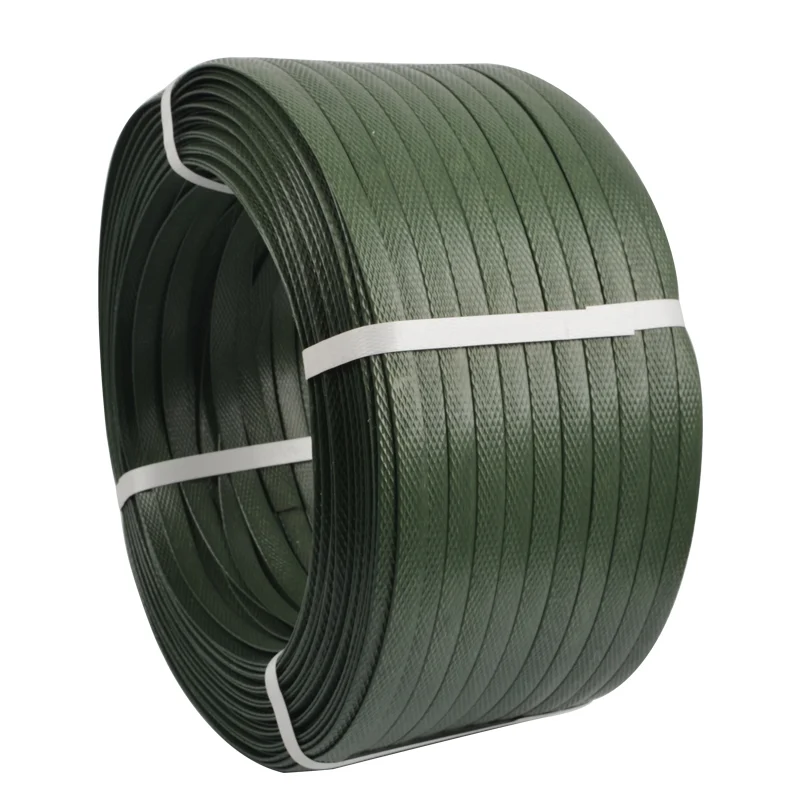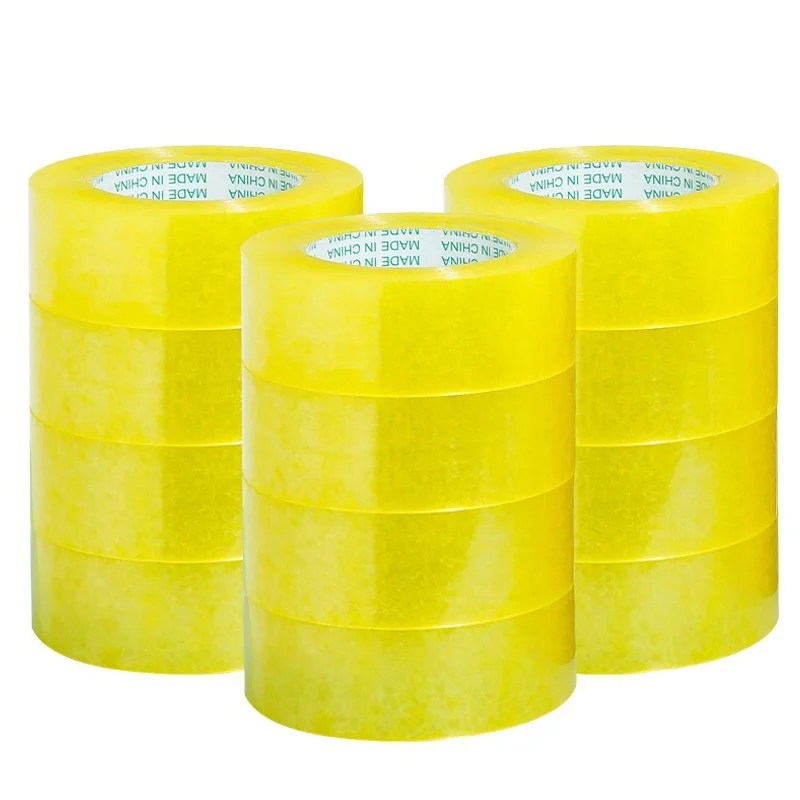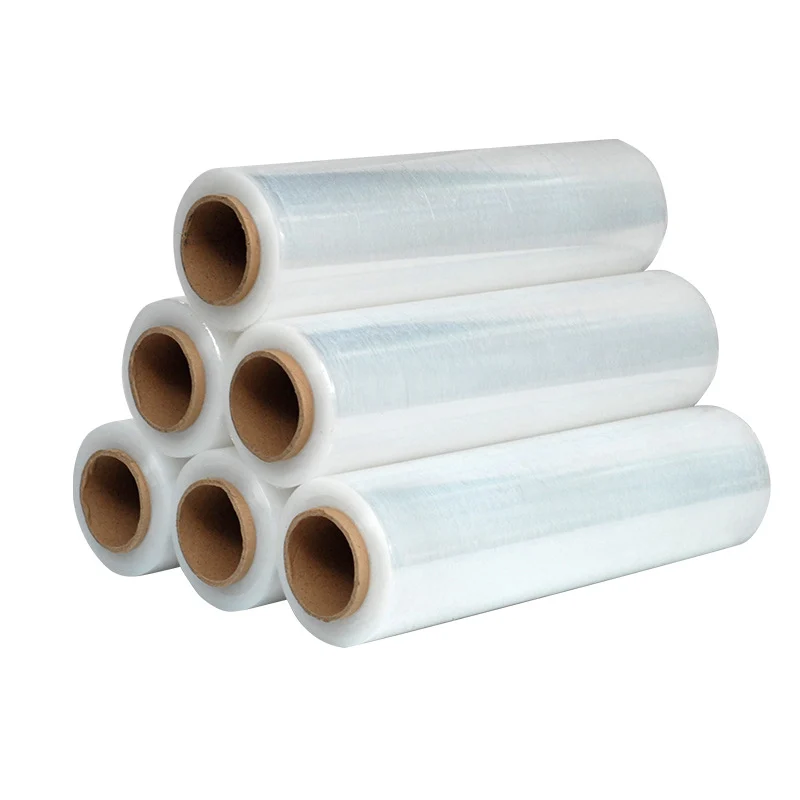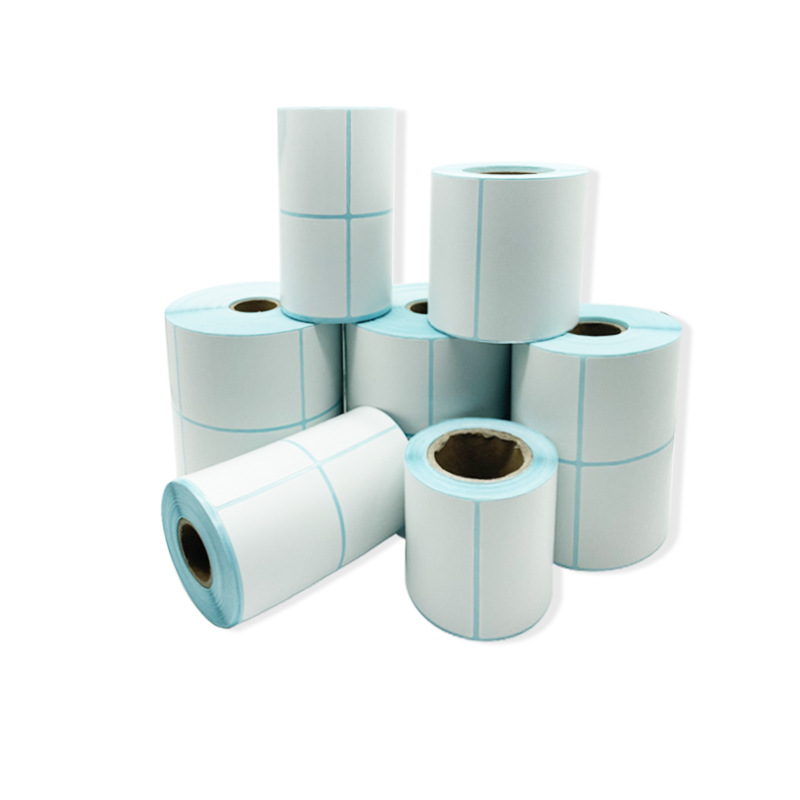Sustainable Reusable Packaging: The Future of Eco-Friendly Solutions
Sustainable reusable packaging is becoming an essential part of businesses worldwide. As people become more aware of the environmental damage caused by single-use plastics, companies are switching to packaging that can be reused multiple times. This shift helps reduce waste, conserve natural resources, and lower pollution levels.

Whether it’s for food delivery, retail products, or shipping, reusable packaging offers a smart alternative to disposable materials. In this blog post, we will explore why reusable packaging matters, the different types available, companies leading the way, and how businesses and consumers can make more sustainable choices.
Why Sustainable Reusable Packaging is Important
The problem with traditional packaging is that most of it ends up in landfills or the ocean. Every year, millions of tons of plastic waste are generated, and only a small percentage gets recycled. Plastic packaging takes hundreds of years to break down, and as it does, it releases harmful chemicals into the environment. This pollution damages ecosystems, harms wildlife, and even enters the food chain, affecting human health.
Reusable packaging helps solve this problem by reducing the need for single-use plastics. When businesses use packaging that can be washed and reused, they cut down on waste production. Over time, this leads to less pollution and a lower demand for new materials. For example, reusable containers for food delivery can replace thousands of disposable boxes and cups. The same is true for reusable shopping bags, water bottles, and shipping containers.
Another benefit of reusable packaging is the conservation of resources. Producing plastic and cardboard packaging requires a lot of water, energy, and raw materials. When packaging is reused, fewer resources are needed to make new products. This reduces carbon emissions and helps slow down climate change. Switching to reusable packaging is a practical way for companies to reduce their environmental footprint while saving money in the long run.
Types of Sustainable Reusable Packaging
Reusable packaging comes in many forms, depending on the industry and purpose. One of the most common types is reusable food containers. These are made from durable materials like stainless steel, glass, and BPA-free plastic. Many restaurants and food delivery services now offer takeout containers that customers can return and reuse. This reduces waste and ensures that packaging does not end up in the trash after a single use.
Another popular form of reusable packaging is fabric shopping bags. Unlike plastic bags, which are often thrown away after one use, fabric bags can be used hundreds of times. Some are made from organic cotton, jute, or recycled materials, making them even more eco-friendly. Many grocery stores encourage customers to bring their own bags by offering discounts or charging extra for disposable ones.
Reusable shipping containers are also gaining popularity in e-commerce and retail. These containers are made from strong materials like corrugated plastic or recycled cardboard. Some companies offer a return system, where customers send the packaging back to be used again. This is especially useful for businesses that ship products frequently, as it cuts down on waste and shipping costs.
Reusable beverage containers, like stainless steel water bottles and coffee cups, are another great example. Many coffee shops and cafes offer discounts to customers who bring their own cups. This simple switch reduces the number of disposable cups that end up in landfills. Water bottle refill stations in public places also help reduce the need for single-use plastic bottles.
In addition, reusable garment bags are helping to replace plastic dry-cleaning covers. These bags are made from non-woven polypropylene and can be used multiple times. Many dry cleaners now offer them as an alternative to single-use plastic covers, reducing plastic waste in the fashion industry.
Companies Leading the Way in Reusable Packaging
Many companies are working hard to create and promote reusable packaging solutions. One example is Vegware, a company that specializes in plant-based packaging. Their products are compostable and designed to be reused multiple times before being broken down naturally. They supply food packaging to restaurants, cafes, and catering businesses worldwide.
Another leading company is ECOBAGSUPPLY, which focuses on reusable shipping solutions for online retailers. Instead of using disposable boxes, they provide sturdy mailing bags that customers can return after receiving their orders. This system has been adopted by many e-commerce businesses in Europe and the United States, helping to cut down on packaging waste.
IFCO is a company that provides reusable plastic containers for transporting fresh food. These containers are used in grocery stores, bakeries, and farms. After use, they are cleaned, sanitized, and reused. At the end of their lifespan, they are recycled into new containers, creating a zero-waste system.
Ecovative Design is another company making a difference. They use mushroom-based materials to create biodegradable and reusable packaging. Their products are designed to replace traditional foam and plastic packaging while being completely compostable. Companies like Dell and IKEA have partnered with them to reduce their environmental impact.
The Green Garmento is a company that produces reusable garment bags. These bags are used in hotels, dry cleaners, and retail stores to replace single-use plastic covers. Their products help reduce plastic pollution while providing a durable and stylish alternative.
How Businesses Can Adopt Reusable Packaging
For businesses, switching to reusable packaging is not only good for the environment but also a smart financial decision. One way companies can start is by analyzing their current packaging waste. This helps them identify where single-use plastics can be replaced with reusable options. Many businesses begin by offering reusable alternatives alongside traditional packaging, giving customers a choice.
Retail stores can introduce reusable shopping bags and provide incentives for customers who bring their own. Some stores even have a buy-back program, where customers can return used packaging for discounts on future purchases. This encourages repeat customers while reducing waste.
Restaurants and food services can switch to reusable takeout containers. Some companies have launched programs where customers can pay a small deposit for a reusable container and get it back when they return it. These systems work well in urban areas where people frequently order takeout.
E-commerce businesses can switch to reusable mailing pouches and boxes. Some companies offer packaging return programs, where customers can send back the packaging to be reused. This not only reduces waste but also lowers shipping costs over time.
Factories and warehouses can use reusable crates and pallets instead of disposable ones. These crates last for years and can handle heavy loads. Many logistics companies have already switched to reusable transport packaging to save money and reduce their carbon footprint.
How Consumers Can Support Reusable Packaging
Consumers play a big role in making reusable packaging successful. By making small changes, individuals can help reduce waste and encourage businesses to adopt sustainable practices. One of the simplest ways to start is by using reusable shopping bags. Keeping a few fabric bags in the car or by the door makes it easier to remember to bring them while shopping.
Bringing a reusable water bottle instead of buying plastic ones can also make a big impact. Many places now offer water refill stations, making it convenient to fill up on the go. The same goes for reusable coffee cups—many cafes provide discounts for customers who bring their own.
When ordering takeout, consumers can ask for reusable or minimal packaging. Some restaurants allow customers to bring their own containers for takeout meals. Supporting businesses that use eco-friendly packaging sends a message that sustainability matters.
For online shoppers, choosing companies that use reusable or minimal packaging is a great step. Some websites give customers the option to select eco-friendly packaging during checkout. Returning reusable shipping containers when possible also helps close the loop on sustainable packaging.
Consumers can also spread awareness by educating friends and family about the benefits of reusable packaging. Posting about eco-friendly choices on social media, signing petitions for plastic bans, and supporting policies that promote sustainability all contribute to positive change.
The Future of Sustainable Reusable Packaging
As awareness about plastic pollution grows, the demand for sustainable packaging solutions will continue to rise. Governments worldwide are introducing regulations to reduce single-use plastics, pushing businesses to adopt reusable alternatives. Many cities have already banned plastic bags, straws, and foam containers, leading to more innovations in sustainable packaging.
Advancements in material science are also helping to improve reusable packaging. Researchers are developing new materials made from algae, seaweed, and biodegradable plastics that can replace traditional packaging. These materials are designed to be durable, reusable, and safe for the environment.
More companies are expected to invest in closed-loop systems, where packaging is continuously reused and recycled. Businesses that adopt these systems early will have a competitive advantage, as consumers increasingly prefer brands that prioritize sustainability.
In the future, reusable packaging could become the standard rather than the exception. With continued innovation and public support, we can reduce waste, protect natural resources, and create a cleaner, more sustainable world.
Challenges in Adopting Reusable Packaging
While reusable packaging offers many benefits, there are still challenges businesses and consumers face in making the switch. One of the biggest obstacles is the initial cost. Reusable packaging materials, such as glass, stainless steel, or high-quality plastic, are more expensive than disposable options. Companies need to invest in collection, cleaning, and redistribution systems, which can be costly to set up. However, despite the higher upfront investment, long-term savings often outweigh these costs.
Another challenge is consumer participation. Many reusable packaging systems rely on customers returning the packaging for reuse. If customers do not return containers, the entire system becomes less efficient. This is why businesses need to create convenient return programs with incentives, such as discounts or rewards for returning packaging.
Logistics can also be a barrier. Some industries, such as fast food and e-commerce, depend on fast, disposable packaging for convenience. Shifting to reusable packaging requires changes in supply chains, production processes, and customer habits. Without proper infrastructure, businesses may struggle to implement large-scale reusable systems.
Additionally, regulations around food safety can make reusable packaging difficult to adopt in certain industries. Packaging must be thoroughly cleaned and sanitized before reuse, and not all materials meet strict health guidelines. However, advancements in sterilization techniques and reusable food-grade materials are helping overcome these challenges.
Despite these hurdles, companies and governments are working on solutions to make reusable packaging systems more efficient. The key to success lies in improving infrastructure, making participation easy for consumers, and investing in research for better reusable materials.
JERL has been working hard on the road of custom packaging. Next time when you feel the need to impress someone with your brand, think of JERL Packaging!
